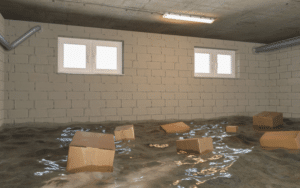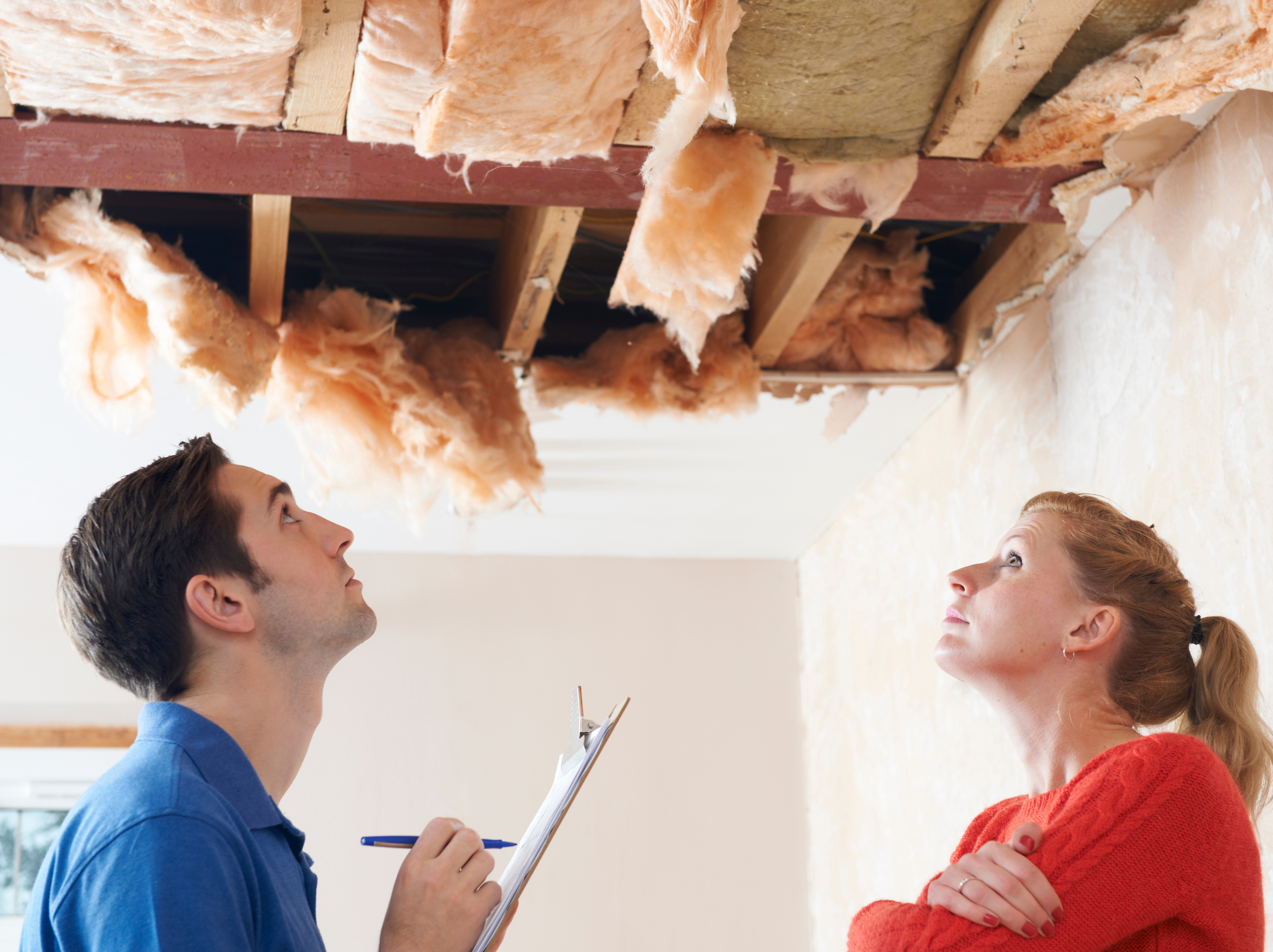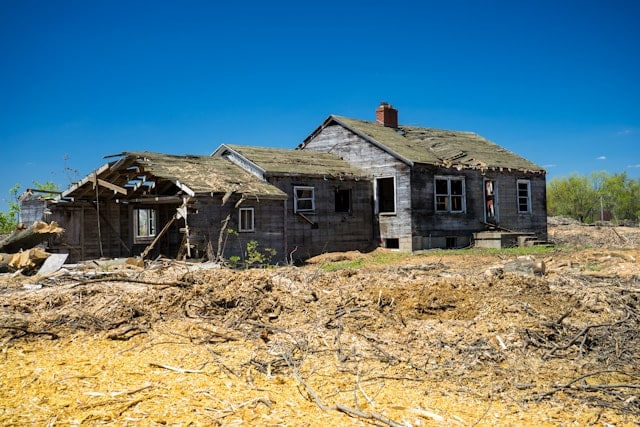Whether it is from a coastal storm surge, overflowing river, or torrential rainfall, floods can be devastating disasters, leaving a level of destruction in their wake that is seemingly impossible to deal with.
There are, however, several preventative steps you can take to help minimize the damage your home may incur from these intrusive waters.
Consider these measures to reduce the risk of flood damage to your home.
1. Get Flood Insurance
If you live in an area prone to flooding, make sure you understand the difference between flood damage and water damage to ensure you have the appropriate coverage.
While homeowners insurance covers water damage from things like burst pipes, insurance companies view flood damage separately. If you are in a flood zone, it is a good idea to purchase flood insurance in addition to homeowners insurance.
2. Understand Your Level of Risk
There are many types of flood zones. It is important to understand the level of risk where you live. You can learn about the base flood elevation in your area through resources like the FEMA Flood Map Service Center (MSC) to better assess your level of flood risk. This can help you determine how much time and money to invest in flood damage prevention.
3. Increase the Grading of Your Foundation
The ground should gradually slope away from the foundation of your home — around one inch per foot for a

bout 5 to 10 feet. You can increase the slope by adding or removing soil. This will improve drainage and help reduce the risk of flooding.
4. Empty Flood Barriers
There is a wide range of flood barriers available online or in big-box home improvement stores that are extremely effective at keeping flood waters at bay. These flood-prevention products are relatively quick and easy to employ in a pinch, and they can save you a lot of money in the long run.
5. Strategic Landscaping
Aside from the obvious aesthetic benefits, landscaping can be an effective tool in flood prevention. Bolstering the low points of your lawn with water-absorbing mulch and flowerbeds can beautifully block damaging waters from reaching your home.
Planting a rain garden is another excellent landscaping option for homes in flood zones. Rain gardens absorb torrential rainfall and can help hydrate other areas of your landscaping. You can also add a decorative retaining wall to redirect or block rising waters.
Flood Cleanup
If these preventative measures are not enough, and the flood waters still breach your abode, contact a flood restoration service for a fast and professional cleanup. With decades of combined experience, the team at 24 Hour Flood Pros offers immediate response to help you recover from flood damage right away.




